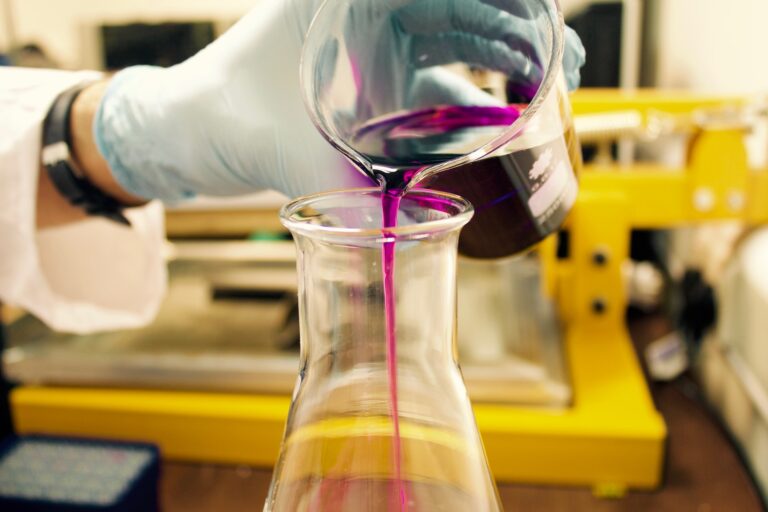Department of Chemistry, Physics, and Atmospheric Sciences – CHEMISTRY
College of Science, Engineering, and Technology
Chemistry is the study of how matter behaves at its most basic level. The central science, chemistry, is involved in everything that we do. Its applications stretch across all areas of life, including medicine, engineering and agriculture.
Naomi Flowers Campbell
RESOURCES


